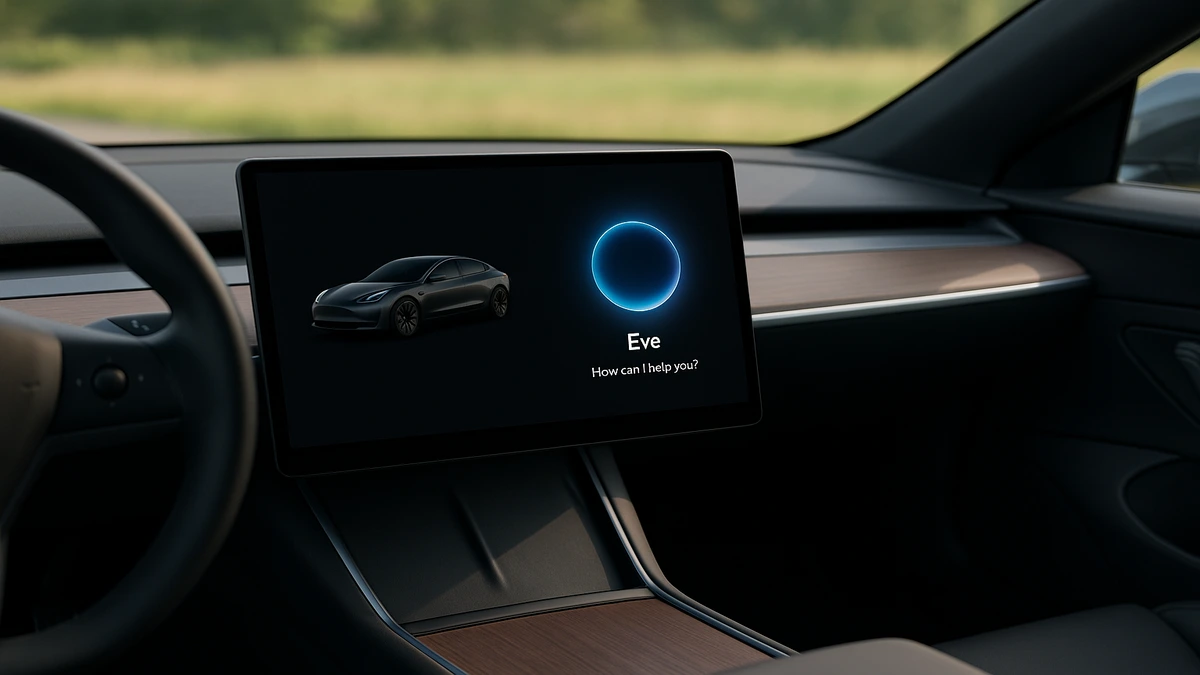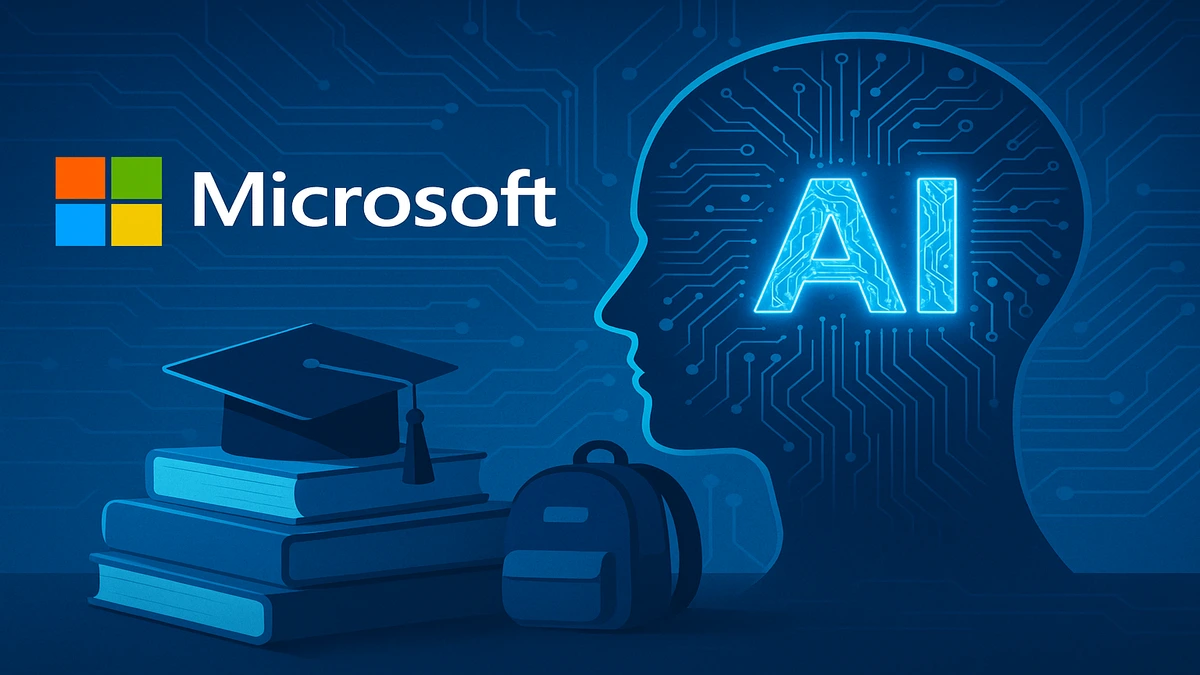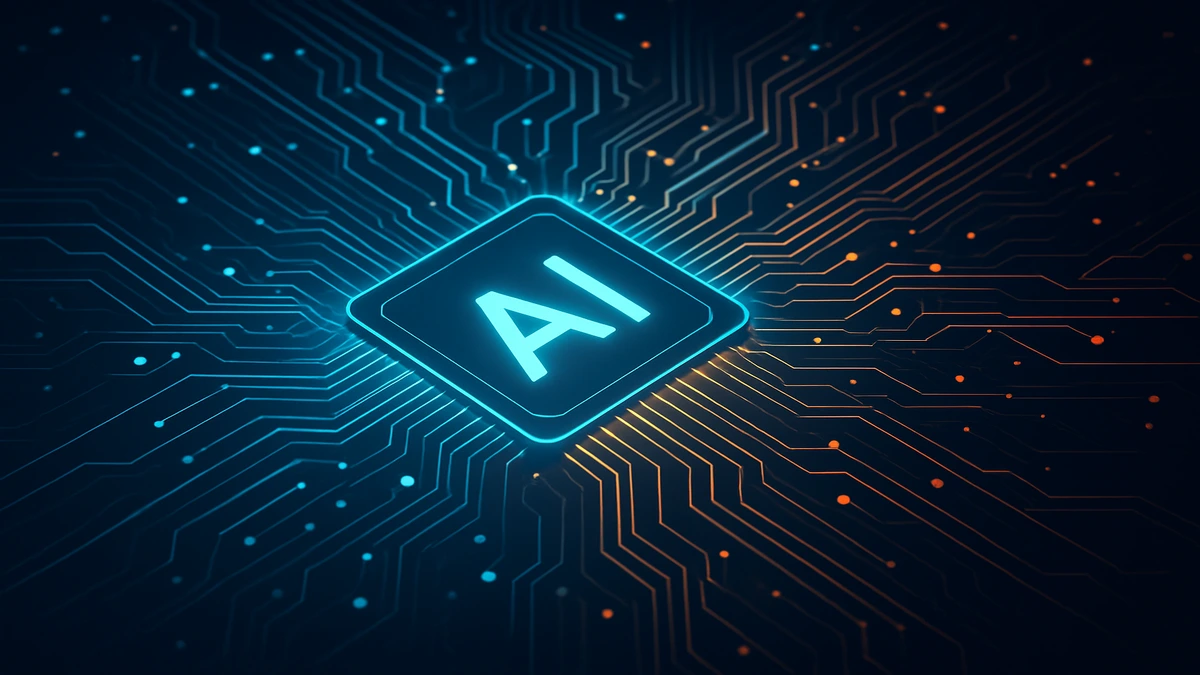
Discover AI-powered personas’ technical blueprint for social media’s future. Learn transformers, RAG, and ethics in 2025
The rise of AI-generated personas on social media platforms marks a pivotal shift in digital interaction, blending advanced computational techniques to create entities that feel strikingly human. These personas, driving platforms like Character.AI, Replika, and xAI’s Grok, leverage massive language models, memory systems, emotional intelligence, and robust infrastructure to deliver personalized, real-time engagement. As of 2025, their global adoption—from the US to China and Japan—is reshaping social media landscapes. This technical blueprint outlines the foundational steps to build these systems, supported by precise facts and figures, offering a clear yet preliminary sketch of their architecture.
Step 1: Building the Core with Transformer Models
AI personas start with transformer-based large language models (LLMs) like GPT-5, LLaMA-3, and Claude 3.5, which boast parameter counts from 671 billion (DeepSeek R1) to over 1 trillion for proprietary models. These models process petabytes of text, with training costs ranging from $1–10 million for thousands of GPU hours. Fine-tuning shapes them into unique personas, using datasets of 5,000 to millions of conversation turns to embed traits like wit or empathy. Achieving 95% conversational accuracy, as seen in platforms like Character.AI, requires human-evaluated comparisons, costing $5,000–$50,000. This step ensures personas deliver tailored, human-like responses, from historical figures to fictional avatars.
Step 2: Enabling Memory with Context Windows and Vector Databases
For personas to feel consistent, they need robust memory systems. Large token context windows, ranging from 128,000 tokens (GPT-4-Turbo) to 100 million (Magic’s LLM), allow personas to track entire dialogues, equivalent to 750 novels. Processing these contexts demands high-end GPUs, with inference costs of $0.50–$1 per 100M-token query. Vector databases like Pinecone or FAISS store billions of embeddings for long-term memory, recalling user preferences or past chats in milliseconds. Setting up a database for 1 billion embeddings costs $5,000–$50,000 annually, but it’s key for fostering ongoing, personalized relationships.
Step 3: Boosting Accuracy with Retrieval-Augmented Generation (RAG)
Retrieval-Augmented Generation (RAG) keeps personas relevant by integrating real-time data. Using Dense Passage Retrieval (DPR), RAG fetches verified information, reducing hallucinations by 15–20% in dynamic domains like news. For instance, a persona can discuss recent events with 99.9% query accuracy by pulling from curated APIs. Implementing RAG requires $10,000–$100,000 for retrieval pipelines, adding complexity but ensuring factual, context-aware responses critical for social media trust.
Step 4: Simulating Human-Like Emotion and Personality
Emotional intelligence makes personas engaging. Sentiment analysis and emotional prompt engineering detect user moods, enabling empathetic or upbeat responses. Techniques like EmotionPrompt boost performance by 115% on benchmarks like BIG-Bench, enhancing user connection. Personality modeling uses the OCEAN framework (Openness, Conscientiousness, Extraversion, Agreeableness, Neuroticism), mapping traits to outputs—e.g., high Extraversion yields lively tones. Encoding these requires 10,000–50,000 labeled examples, costing $10,000–$50,000, ensuring personas feel consistent and relatable.
Step 5: Powering Real-Time Dialogue
Seamless conversations demand responses under 1 second, mimicking human turn-taking (200–300 ms). Optimized inference pipelines, streaming tech, and preloaded responses achieve this. WebSocket enables persistent, low-latency communication, while streaming text-to-speech (e.g., ElevenLabs) ensures instant audio for voice personas. A 70B-parameter model on an A100 GPU averages 0.5–0.8 seconds per response, but multi-GPU setups cut this to 0.2 seconds at $10–$20 per hour per GPU. This step keeps interactions fluid, even under high traffic.
Step 6: Scaling with Cloud and Edge Infrastructure
Global deployment requires scalable infrastructure. Cloud platforms like AWS or Google Cloud use serverless computing (e.g., AWS Lambda) and load balancing to handle millions of users. Edge computing with ONNX or GGUF reduces latency, though limited to 13B-parameter models on edge devices. Hosted APIs cost $0.001–$0.06 per 1,000 tokens, while self-hosted systems run $30–$100 per hour per instance. For 1 million daily users, annual costs range from $500,000 to $5 million, balancing performance and budget.
Step 7: Prioritizing Ethics and Safety
Ethical design is non-negotiable. Reinforcement Learning from Human Feedback (RLHF) reduces harmful outputs by 90%, aligning personas with safety guidelines. Compliance with the EU’s AI Act, which classifies high-risk AI, ensures transparency, while watermarking tools like SynthID (98% detection accuracy) combat deepfake risks. These measures add 10–20% to development costs but build trust, addressing global concerns about manipulation and privacy.
Step 8: Monitoring and Iterative Improvement
Continuous monitoring ensures personas evolve with user needs. Analytics track engagement metrics, like 80% user retention rates on platforms like Xiaoice, while A/B testing refines responses. Iterative fine-tuning, costing $5,000–$20,000 per cycle, incorporates user feedback to boost accuracy and empathy. This step, often overlooked, is vital for keeping personas relevant in fast-changing social media landscapes.
This blueprint sketches the technical foundations of AI-generated personas, from trillion-parameter LLMs to low-latency dialogues and ethical safeguards. While platforms like Grok and Replika showcase these capabilities, high costs and evolving regulations highlight the need for balanced innovation. As social media embraces these digital entities in 2025, their potential to enhance human connection hinges on refining this architecture.
References:
Large Language Model
https://en.wikipedia.org/wiki/Large_language_modelLarge Language Models Get Longer Memories
https://spectrum.ieee.org/ai-context-windowFine-Tuning Language Models from Human Preferences
https://arxiv.org/abs/1909.08593Comparing RAG and Traditional LLMs: Which Suits Your Project?
https://www.galileo.ai/blog/comparing-rag-and-traditional-llms-which-suits-your-projectEmotionPrompt: Leveraging Emotional Stimuli to Enhance Large Language Model Performance
https://arxiv.org/abs/2307.11760Big Five Personality Traits
https://en.wikipedia.org/wiki/Big_Five_personality_traitsWebSockets API
https://developer.mozilla.org/en-US/docs/Web/API/WebSockets_APIEnhancing Conversational AI Latency with Efficient TTS Pipelines
https://elevenlabs.io/blog/enhancing-conversational-ai-latency-with-efficient-tts-pipelinesAWS Pricing
https://aws.amazon.com/pricing/LLM (Large Language Model) Cost Analysis
https://lajavaness.medium.com/llm-large-language-model-cost-analysis-d5022bb43e9e






